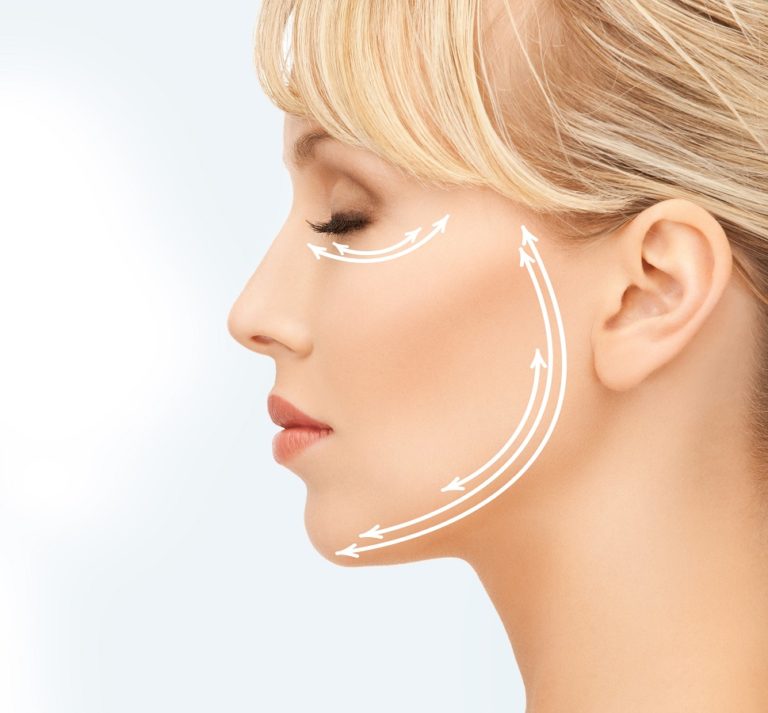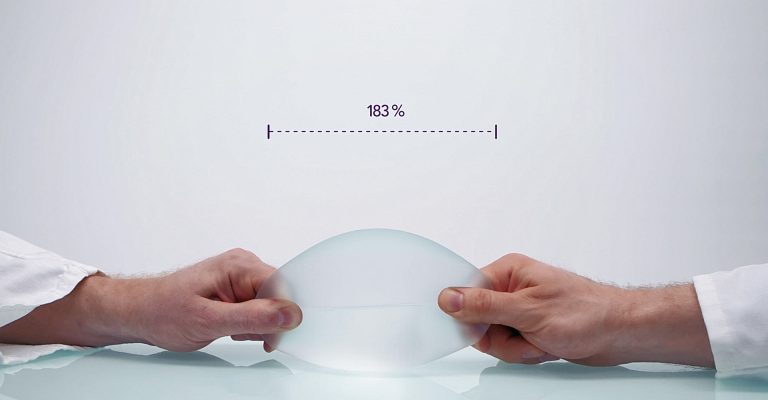Πλαστική Χειρουργική • 06 Ιούλ 2018
Which is better, Open or Closed Rhinoplasty?
A nose operation, whether it is aimed at correcting function or improving the aesthetic appearance of the nose, or both, can be performed using a closed or an open approach. While the closed approach has the obvious advantage of not leaving a scar, there are certain facts that make the question of which approach is better quite interesting.
The open approach has gained significant popularity among plastic surgeons in the last 10 years. For one, it is the best approach allowing a full view of the internal nose structure, an essential point when teaching rhinoplasty. This is such an importance difference, that many surgeons that were first taught the open approach seem to have difficulty with performing closed rhinoplasty, and actively choose to avoid it. A better view is, however, not only useful for learning the procedure, but also for performing it. No matter how experienced a surgeon may be, there is little doubt that executing certain techniques and surgical manoeuvres with the nose skin envelope intact, makes the process much less precise and difficult. With the advancement in rhinoplasty techniques in the last 10 years, many of which rely on grafting the nose with external cartilage, this has become even more important. Furthermore, in the new era of rhinoplasty pre-operative planning using 3D simulation, there is little benefit in carrying out such extensive and tiresome planning if the steps cannot be executed precisely, which is almost impossible with a closed approach.
Despite of the above, closed rhinoplasty allows for reduced post-operative swelling and a shorter recovery compared to open rhinoplasty. This is due to the obvious fact that the skin envelope is not fully lifted off the nose. In addition, experience using the closed approach has been gained for smaller or less extensive changes in the structure of the nose, e.g. removal of a dorsal hump, compared to the most invasive procedures associated with open rhinoplasty/septo-rhinoplasty. This evidently also results in less post-operative swelling. As always, then, the question becomes one of give-and-take, i.e. a compromise between the aesthetic outcome and post-operative downtime. Furthermore, an important factor to consider is which technique your surgeon is most comfortable with. Because, in the end, this is what will most likely determine the final result. In case he or she is adept at performing either procedure, it will be up to the patient to decide, following an extensive consultation with their plastic surgeon. That being said, it is important to bear in mind that the scar left using an open approach is well concealed under the columella, and with good postoperative care, it is hardly visible at 6 months.
My personal experience is that nothing can substitute the accuracy and detailed intra-operative view provided by the open approach. Since I do perform extensive pre-operative planning, taking a large number of measurements, and a 3D computer simulation for every of my patients, I am an open proponent of open rhinoplasty. In my hands, this provides the most consistent aesthetically pleasing and functional results.











